Selective Thermoplastic Electrophotographic Process //
STEP 3D Printing
New Technology from Evolve Additive Solutions – Exclusively Available through Fathom
Get a Quote
Or Any of Our 25+ Manufacturing Processes
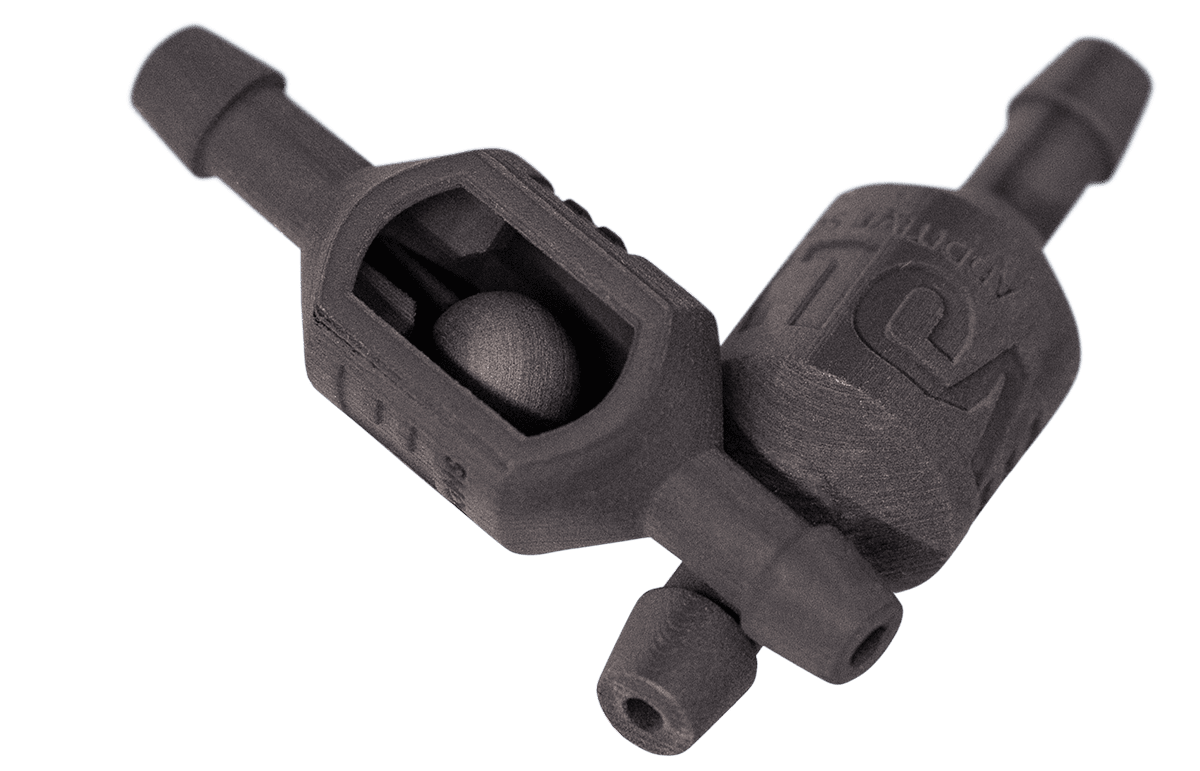
3D Printing at Injection Molding Speed
with STEP Technology
If you need tough, durable, high-precision prototype thermoplastic parts – fast – then you ought to investigate the selective thermoplastic electrophotographic process (STEP). It’s a new technology available exclusively from Fathom that makes parts with injection molding-like quality and accuracy at 3D printed speeds.
It can help you accelerate your design-to-production cycle with parts that match the strength and mechanical properties of injection-molded parts.
Proprietary technology ensures that each layer is perfectly aligned with the one below it. The STEP technology produces layers that are only 13 microns thick, ensuring 100 percent dense, highly detailed parts that equal the quality of injection-molded parts – without the need for expensive tooling.
Because the STEP technology utilizes finely ground thermoplastic powder (in the area of 20um particle size, while PBF technologies utilize ~60um particle size), it can serve as a single solution for everything from prototype parts and bridge production to full production – enabling you to bring your products to market faster!
How Does STEP Work?
Applications of STEP
- Functional prototypes
- Rapid prototypes
- Bridge production
- Low- to medium-volume production parts
- Durable end-use parts
- Complex geometries and fine features
- Rigid, durable thin walls
- Parts where an excellent surface finish is a must
- Air and fluid applications where leaks can’t be tolerated
- Mass customization (such as serialized parts)
Industries Using STEP
STEP technology can meet the rigorous demands of customers in the aerospace, automotive, industrial, medical, and consumer sectors, where products are highly engineered with precise specifications, in addition to industries like:
- Consumer electronics
- Electric vehicles
- Toys
- Fashion
- Eyewear
- Irrigation products
What Does STEP Make Possible?
High-Quality Thermoplastic Parts – Fast // Instead of waiting several months for tooling to be made, you can have your parts made in a week or two using the STEP technology – without tooling. This can help you accelerate your new product development efforts.
Print Multiple Parts in a Single Build // The STEP technology enables parts to be tightly nested in a single build space, enabling you to produce multiple parts at the same time without compromising print speed.
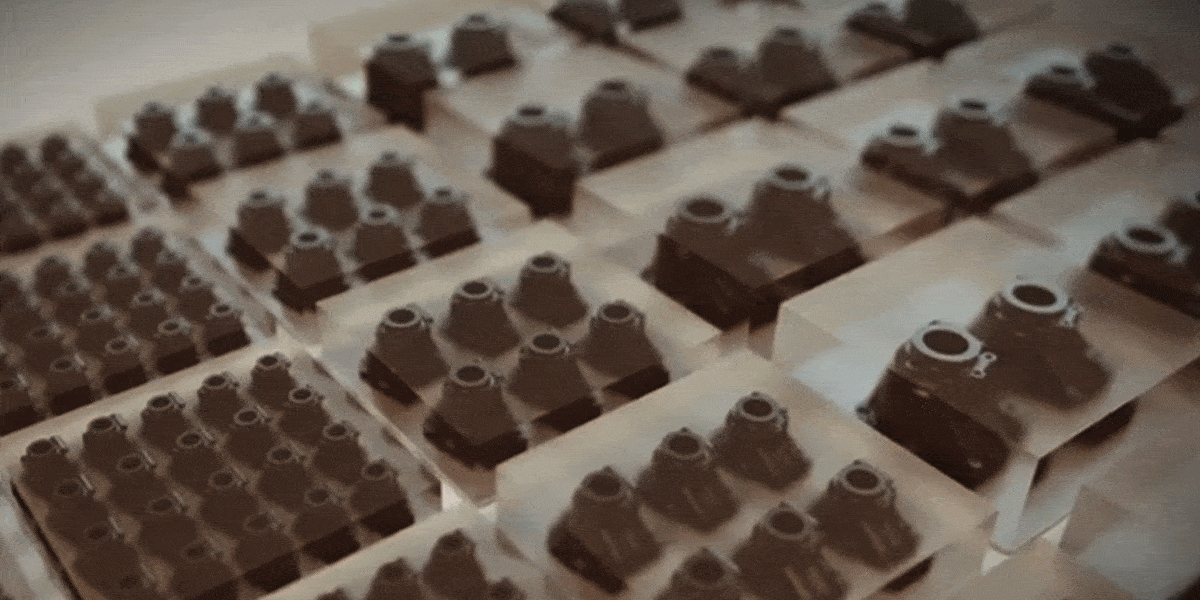
Advantages
Accelerate New Product Development // Because parts can be produced quickly using the STEP technology without tooling, it can help you bring new products to market faster and expand your company’s competitive edge.
Excellent Surface Quality // The STEP technology produces parts with a smooth surface finish that doesn’t require post-processing.
Flexible Post-Processing // If it is required, parts produced using the STEP technology can be post-processed the same as any thermoplastic parts.
Fine Features // The STEP technology enables you to print part designs with fine features, small holes and complex geometries. It can accommodate thin walls without warping, which is sometimes a problem for other additive technologies.
Tight Tolerances // The STEP technology can achieve tolerances that are comparable to CNC machining – tighter than additive technologies or injection molding.
All of the Toughness of Thermoplastics // Parts produced using the STEP technology have good dimensional stability for use in hot, humid environments. They also have excellent chemical resistance to acids, bases, water and alcohol (commonly found in hand sanitizers), just like injection-molded thermoplastics.
Produce Production Parts with the Same Materials as Prototypes // STEP enables customers to go from prototype to production parts quickly and easily.
Minimal Design Restrictions // Many additive technologies require designers to convert thick wall designs to lattices to reduce print time and material use. STEP has no such restriction. It prints and deposits layers every 6 seconds, regardless of their complexity. STEP can handle sharp corners, thin-to-thick wall transitions and no draft – design features that tend to be problematic for injection molded parts.
Disadvantages
Support Removal // When printing is complete, parts are completely encased in a soluble support material. It’s easily cleaned from open surfaces, but it may be hard to remove from cavities, blind holes and trapped areas.
Build Size // The maximum build envelope for parts produced using the STEP technology is currently 24 x 12 x 4 inches, not as large as some other additive technologies. Evolve is working on expanding the build size.
Limited Materials // The STEP technology currently only produces parts from ABS. A high-performance grade of Nylon will be offered soon.
What Can STEP be Paired With?
Like any thermoplastic parts, parts produced using the STEP technology can be attached or bonded to other components. Inserts can be added to parts after they are processed.
Alternatives to STEP
The STEP technology is unique. It’s not derived from any existing additive technology. There is no other manufacturing technique to which it can be compared.
Traditional Technologies That Can Benefit from STEP
Any engineer who’s currently using ABS, nylon or other thermoplastics for their products and new product development should investigate the STEP technology. It can help them to bring their products to market faster and achieve designs that aren’t possible with injection molding and other additive technologies.
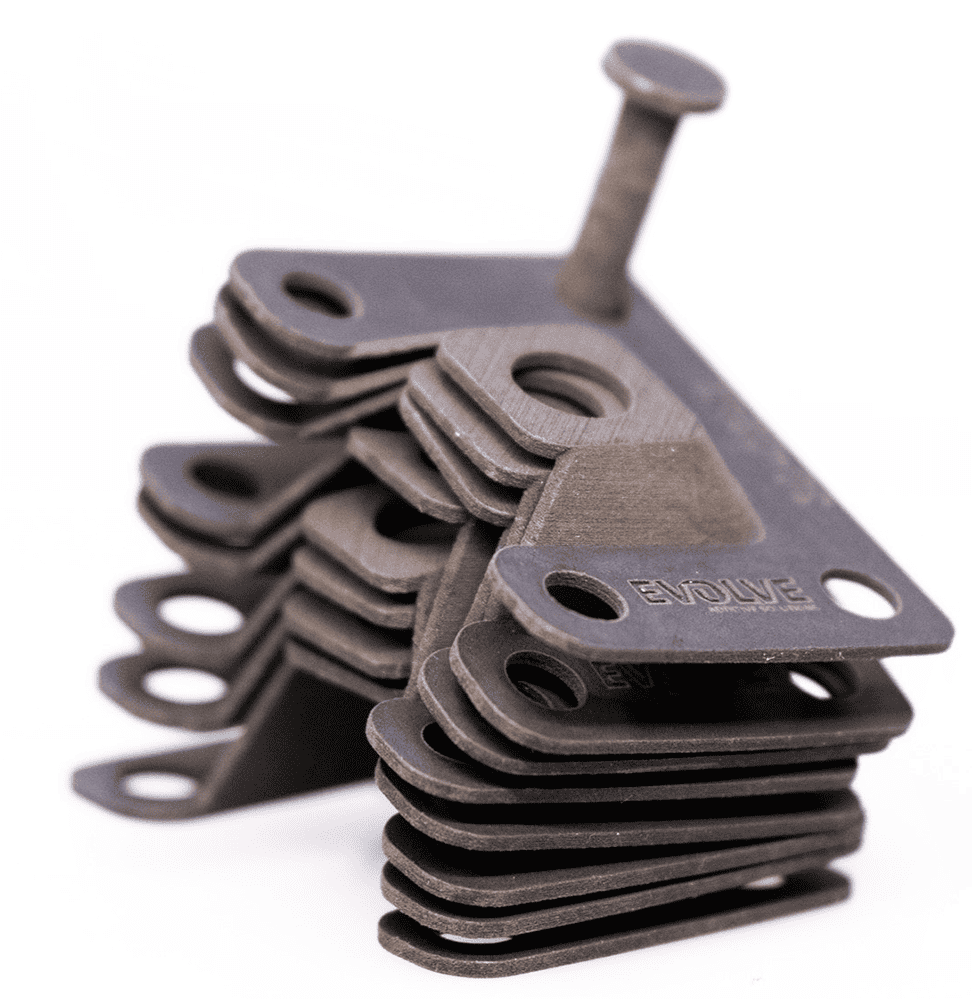
STEP Materials Available
- ABS (black and gray)
- Nylon G850 (coming soon)
Not sure what you need? Talk to a Fathom expert today!
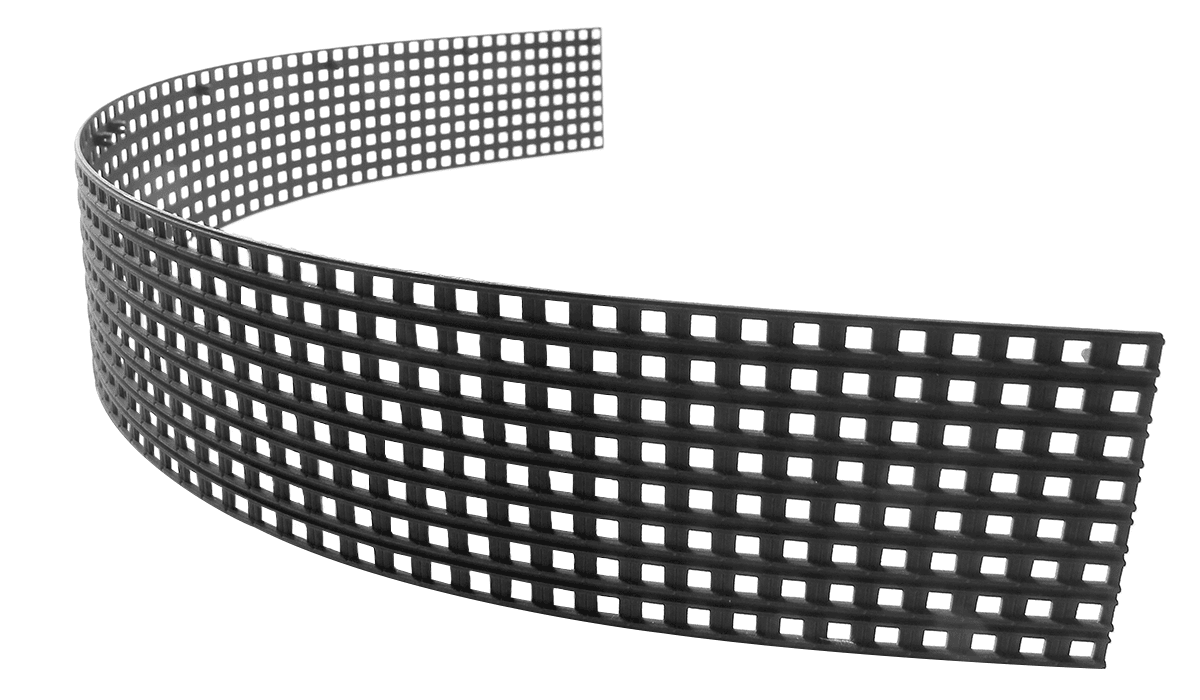
Case Study //
Daktronics
A customer came to Fathom with a complex part that required complex tooling for a racetrack-style scoreboard panel. Fathom recommended STEP technology, a groundbreaking 3DP technology that is able to print injection mold-like parts in days instead of weeks, with similar functional properties and surface finish of injection molded ABS.
Results //
With the deployment of STEP technology, quick and smooth DFAM (Design for Additive Manufacturing) for clip designs saved time and money.
43% Cost Savings | 63% Time Savings
Finishing Options for STEP Parts
STEP technology produces a good surface quality without secondary post-processing (especially upward and downward facing surfaces) in a rich black color without the need for paint or dye. However if desired, STEP parts can be post-processed in the same ways as any thermoplastic parts, including vapor smoothing, painting and plating them. Inserts can be heat-staked into parts after they’re processed.
Here’s a complete list of the post-processing services Fathom offers for STEP parts:
- Sanded
- Media blasted
- Vapor smoothed
- Painted (EMI shield)
- Painted (sand and paint, non-cosmetic)
- Painted (sand and paint, cosmetic)
- Painted (customer spec paint)
- Specialty coating
- Plated
- Decals
- Pad printed
- Screen printed
- Inserts
- Assembly
Our craftspeople are ready to meet your STEP post-processing needs. Talk to an expert now.
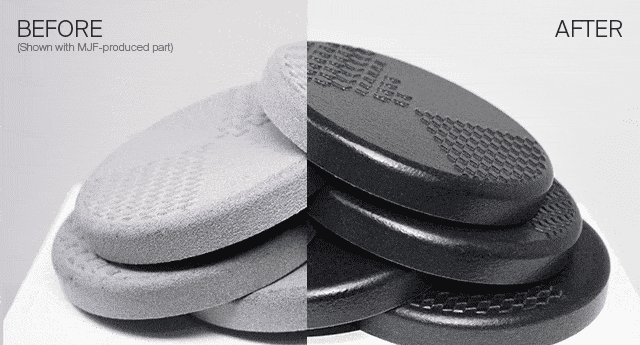
Vapor Smoothing
Fathom offers AMT’s PostPro3D technology, a smart and automated post-processing solution for smoothing STEP printed parts. PostPro3D can achieve a high-quality surface finish that matches injection molding techniques when using 3D printing processes.
Why Choose STEP 3D Printing?
Speed
ABS parts within hours or days instead of the typical several-month lead time for traditional injection molding parts, and delivers throughput 10 times faster than any other industrial additive printer.
Scalability
Since STEP Technology relies on digital files rather than physical molds, Fathom is able to produce the same part to any spec.
Quality
STEP technology offers repeatability, without compromising throughput or flexibility, for durable, high-precision prototype thermoplastic parts.
Agility
STEP technology eliminates tooling, mold storage, mold modifications and reduces logistics.
Why Choose Fathom’s STEP 3D Printing?
Fathom is currently the ONLY service bureau that offers STEP technology, and has the expertise to help you meet your needs faster.
Fathom has the capacity and knowledge to help you produce high-quality STEP parts to meet your prototyping and production needs. An experienced engineer will help you first determine if STEP is the right solution for your needs and will then help you optimize your part design for the best results.
Get a quote on your STEP project today with our SmartQuote platform.
Kickoff Your
STEP Project
Fill out the form for an Application Engineer Review, and a Fathom expert will reach out to you.
